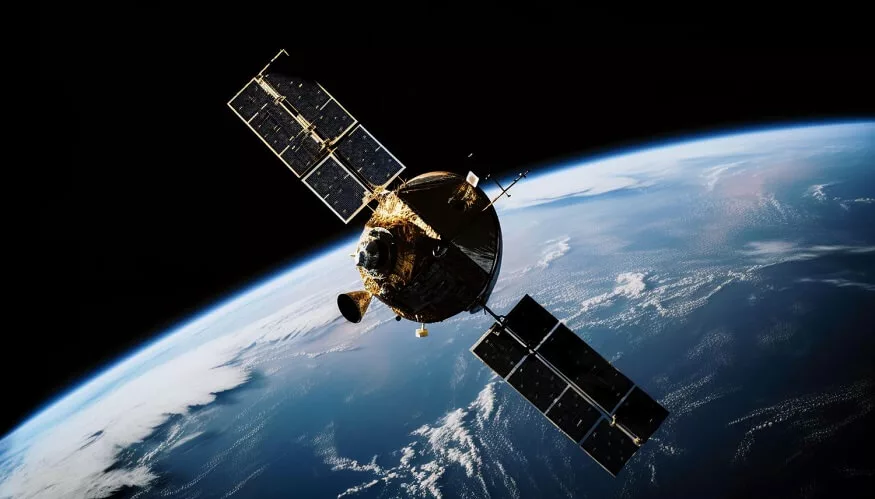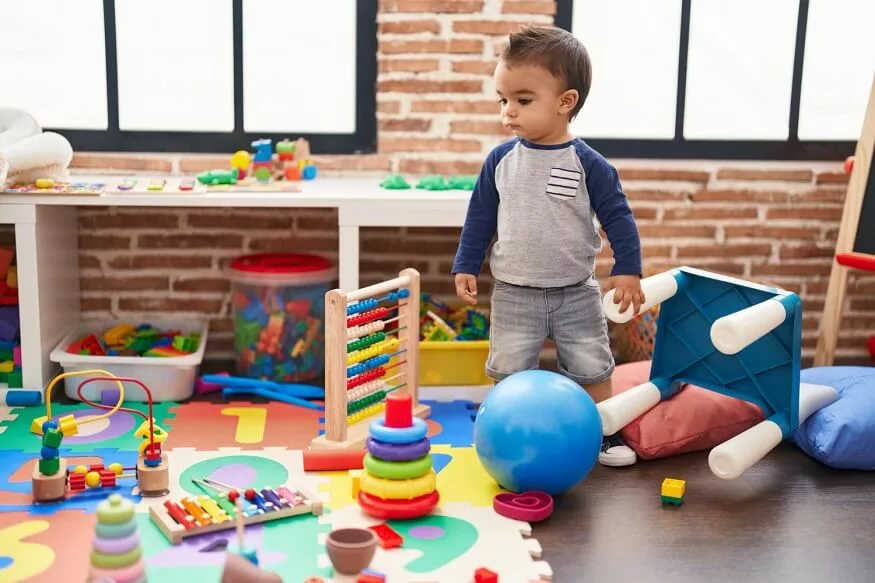Space doesn’t seem simply an empty emptiness. it’s becoming more packed with space junk, such as broken satellites in space, leftover rocket stages, and bits from before collisions. This space debris, often known as “space junk,” is a severe hindrance to space research and satellite operations. In this in-depth talk, we will look at what happens to old satellites and debris in space, the hazards they represent, and the efforts being made to address this rising issue.
Also Read: India’s milestones in space exploration
The Proliferation of Debris in Space:
The Earth’s orbital environment has become more crowded over the years, mainly due to human space activities. Here are some of the major reasons that contribute to the growth of space debris.
Satellite Deployment: Satellite launch and deployment into orbit have long been an important part of space research and telecommunications. As more satellites are launched, the population of objects in Earth’s orbit expands.
Upper Stages: Rockets used to transport satellites into orbit often have upper stages that are left in space once their payloads are released. These spent rocket stages contribute to the debris population.
Collision Debris: Accidental collisions between operational satellites in space, defunct spacecraft, and other objects in orbit can produce countless smaller fragments, further increasing the debris population.
Satellite Lifespan: The operational lifespan of satellites can vary, but eventually, many become non-functional and contribute to space debris.
Also read : 12 amazing fun facts about Moon
The Risks Posed by Debris in Space:
Space debris, regardless of its size, poses several significant risks to both operational spacecraft and astronauts.
Collision Risk: Space debris travels at extremely high velocities in orbit, posing a substantial risk of collision with operational satellites or spacecraft. Even small fragments can cause significant damage upon impact due to their high relative speeds.
Kessler Syndrome: The Kessler Syndrome, proposed by NASA scientist Donald J. Kessler, describes a scenario in which the density of objects in low Earth orbit (LEO) is so high that collisions between objects generate more debris, creating a cascading effect. This could make certain orbital regions too hazardous for satellites and human spaceflight.
Spacecraft impacts: Debris impacts can damage or disable operational spacecraft, disrupting satellite communications, Earth observation, weather forecasting, and navigation systems.
Risk to Astronauts: Astronauts aboard the International Space Station are also at risk from space debris impacts. While the ISS is helped with shielding to protect against smaller debris, larger objects could pose a severe threat.
What Happens to Old Satellites and Debris in Space?
The fate of old satellites in space and debris in space could vary depending on several factors, including their orbital altitude, natural forces, and human intervention. Here are some of the possible outcomes for these objects.
Decay and Re-entry: Objects in low Earth orbit (LEO), typically below about 1,200 kilometres (745 miles), are subject to atmospheric drag. Over time, this drag causes their orbits to decay, eventually leading to re-entry into Earth’s atmosphere. During re-entry, most of the object burns up due to the intense heat generated by atmospheric friction. Only small remnants may survive to reach the surface, usually falling into uninhabited areas like the ocean.
Orbital Debris Mitigation Measures: Space agencies and organisations like NASA have implemented guidelines and practices to reduce the creation of space debris. This includes measures such as safely disposing of old satellites in space orbits where they will eventually renter and burn up. Additionally, rockets are designed to minimise the release of debris during satellite deployments.
Geostationary Orbit Disposal: Satellites in geostationary orbit, which is significantly higher than LEO, are routinely relocated to a “graveyard orbit” at the end of their operational lives. They are less likely to collide with functioning satellites in this higher, less congested orbit.
Orbital Altitude Changes: Some defunct satellites and debris may be intentionally moved to higher or lower orbits to reduce the risk of collision with active satellites or to facilitate re-entry.
Lunar or Solar Orbit: In some cases, objects may be directed to lunar or solar orbits, effectively removing them from Earth’s vicinity and reducing the risk of future collisions.
Space Debris Removal: Several proposed and experimental technologies aim to actively remove space debris. These include harpoons, nets, and robotic arms to capture and deorbit debris.
Also read : Interesting Facts about Space for Kids
Challenges in Dealing with Space Debris:
Mitigating the growing problem of space debris presents several significant challenges:
Tracking and Monitoring: Accurate tracking of space debris is important for collision avoidance. However, tracking objects as small as a few centimetres in size in the greatness of space is a complex task.
International Cooperation: Space debris is a global issue that needs international cooperation and coordination. Agreements and guidelines on debris mitigation and removal need to be established and enforced.
Limited Resources: Debris removal missions are costly and resource-intensive. Allocating resources to clean up space debris competes with other priorities in space exploration.
Sustainable Practices: Ensuring that future space missions adhere to sustainable practices, including proper satellite disposal and debris prevention, is crucial to stemming the growth of the debris population.
Space Traffic Management: As space becomes more congested, efficient traffic management systems are needed to prevent collisions and ensure safe operations for both satellites and crewed missions.
Technological Development: Developing effective and reliable technologies for capturing, deorbiting, and disposing of space debris remains a significant technological challenge.
Future Directions:
Addressing the issue of space debris involves an integrated strategy that includes ongoing monitoring and tracking, responsible satellite design and disposal practices, international collaboration, and the development of debris removal technology. The importance of reducing the threats presented by space debris cannot be stressed as humanity’s presence in space grows. The long-term sustainability of space activities and the safety of our space assets is a common responsibility.
Also read : Science Stream Career Options after 10th & List of Courses after 12th
Conclusion:
Efforts to reduce and ease up space debris are vital to ensuring the ongoing fulfilment of space operations and preventing destiny degradation of the Earth’s orbital surroundings. While outstanding development has been made, in addition, worldwide cooperation and creative approaches could be required to control the distance particles’ trouble and shield area exploration’s destiny.
Visit EuroSchool for more such exciting blogs!










